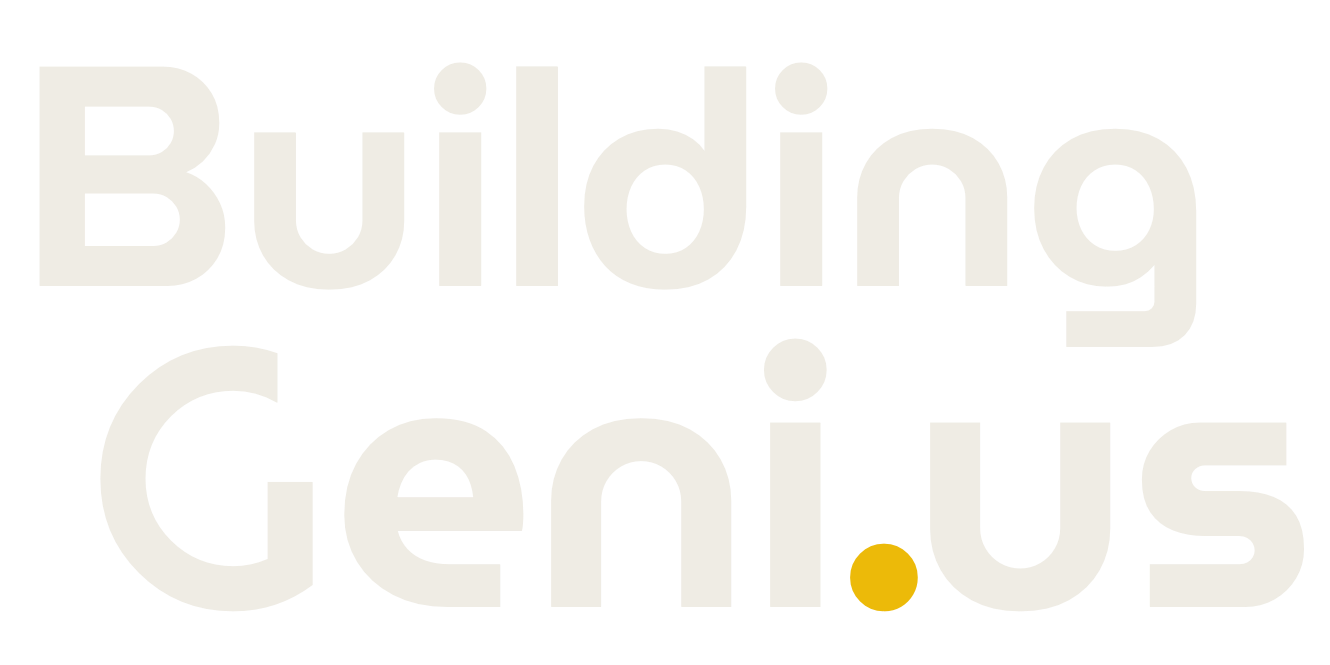Packaged Terminal Heat Pumps (PTHPs) have undergone remarkable evolution since their early iterations as Packaged Terminal Air Conditioners (PTACs) commonly found in hotels.
In early October, I attended the 10th Annual WaterSmart Innovations Conference in Las Vegas. A repeated theme was “saving water saves energy and vice versa.” Multifamily buildings are a prime example, as domestic hot water (DHW) is a dominant energy use in multifamily. Reducing DHW use and delivering it more efficiently are worthy project goals. Here are some exciting new developments in this arena:
- Submetering: California passed SB 7, requiring water submetering to individual dwelling units in multifamily buildings constructed after Jan 1, 2018. Studies have found that tenants are more likely to conserve when they are aware of how much they the use. As few projects currently incorporate water submetering, ideally SB7 will spark some conversations among design teams to revisit the status quo and look at designs that allow efficient water distribution on both an individual unit and whole building basis.
- Leak detection: Water meters are entering the age of technology. Smart meters and software combine to analyze water flow patterns and provide real time information about leaking toilets and dripping showers. Full submetering can be difficult to retrofit on existing buildings, but toilet submetering is very doable with quick payback. Since toilets use 40% of the water in a multifamily building and are responsible for 70% of leaks, this is a good area to target.
- Peak Demand and Pipe Sizing: IAPMO, the source of our plumbing code, is rolling out a new code in 2018 with a long overdue alternative calculation method for peak demand to replace the current one developed in 1940. The new calculation accounts for efficient plumbing fixtures and modern usage patterns. Significant reductions in peak demand are found compared to the old method. Since peak demand determines pipe sizing, this translates to smaller pipes and water meters thereby reducing building costs.
I am excited to see how I can apply this information and the rest that I learned at the conference to my current and future projects.




























